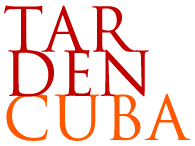Which are the main features of the crianza wine?
The crianza is known as the control process of the wine aging and maturation when it is stored in a wood container, either cask or oak barrel being the Bordeaux one the most used with a 225 liter capacity.
This procedure allows the roasted, vanilla and exotic aromas to be visible and contribute to its longevity significantly.
Many people think by mistake that wine aging process is a specific to red wines but it is not, since it is also applicable to white wines made from Chardonnay, Macabeo, Verdejo and Viura grapes.
White wine is very damaged on the oxidation period due to its lack of tannins so it is preferrable to leave them brew in barrels after the fermentation process. Cavas have their aging in bottle and fortified wines have it through criadera-solera process systems.
Crianza wines start its introduction to the market from at least its third year of age, after one year minimum spending in barrel for red wines or six months for white wines. They stay the rest of the time in bottle before being labelled.
The Protected Designation of Origin regulations in Spain approves the advertisement of crianza wine indication on the front or back label when it has been aged in oak barrel and bottle within at least two calendar years.
In the crianza model it is remarkable that primary elements converge in a balanced way like the grape traces, sweet tannins coming from the fruit, tanned bits from an appropriate sunshine and acidity, along to tertiary components such as oak wood traces and light roasted stave bits during its production with a minimum level of oxidation-oxygenation. Acidity, structure and tannins are mild in order to allow an immediate consumption and less likelihood of a long term storage.
These wines use to have a higher price than young wines due to the investment in barrels.

